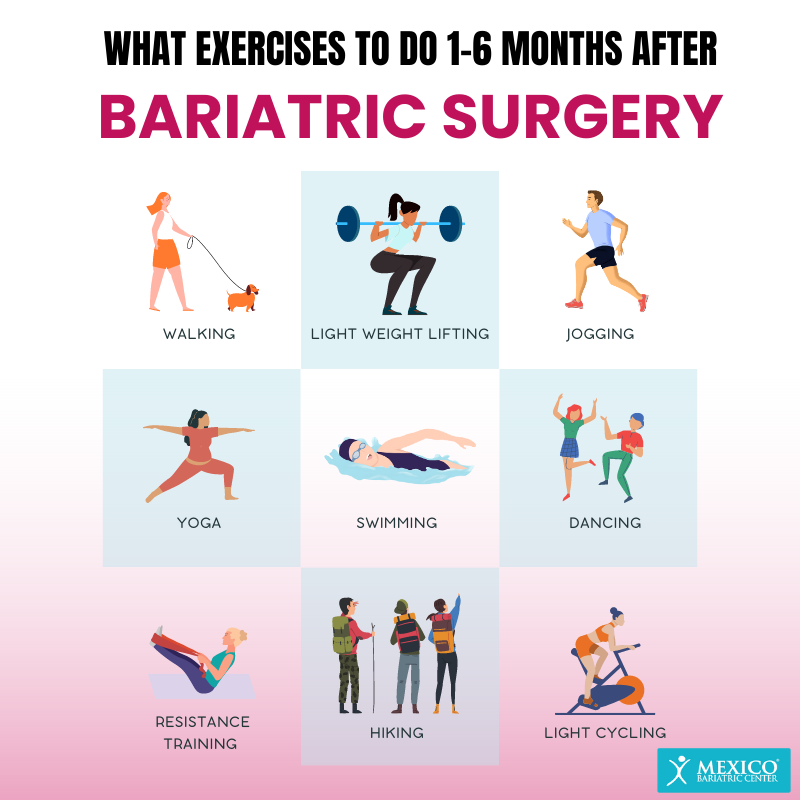Gastric bypass surgery is a significant step toward achieving a healthier lifestyle. While surgery initiates this transformation, the recovery and post-surgery routine are also helpful in supporting long-term success. One pertinent topic is staying active after the procedure. Here is more information on what gastric bypass entails, what occurs during the surgery, and how to approach exercise safely in the recovery phase:
Contents
What Is Gastric Bypass?
Gastric bypass is a form of bariatric surgery aimed at assisting individuals in managing severe obesity. By altering the digestive system, it reduces the amount of food the stomach can hold and lessens the calories absorbed. This surgical procedure is typically evaluated after other weight-loss methods, such as diet and exercise, have been unsuccessful.
For individuals with obesity-related conditions like type 2 diabetes or sleep apnea, this surgery may serve as part of a broader treatment plan. It plays a key role in helping individuals achieve a healthier lifestyle. This is done by supporting significant weight loss combined with post-surgery lifestyle adjustments.
What Happens During a Gastric Bypass?
During gastric bypass surgery, the stomach is divided into two sections: a small upper pouch and a larger lower section. The smaller pouch will hold food, significantly reducing the amount that can be consumed at one time. The surgeon then connects the small intestine to the smaller stomach pouch, bypassing part of the digestive system.
This altered anatomy changes how the body processes food, aiding in weight loss as the body absorbs fewer calories and nutrients. Patients may remain in the hospital for a few days post-surgery for monitoring and initial recovery. Physical activity post-procedure is meant to aid healing while supporting overall long-term health.
How Should You Exercise Post-Surgery?
Exercise following gastric bypass surgery should be gradual and adapted to individual recovery stages. For the first few weeks, light activities such as walking are generally recommended. Walking promotes blood flow, which aids healing and reduces the risk of complications like blood clots.
Once the body adjusts, introducing low-impact exercises such as swimming or cycling can enhance stamina and improve overall fitness. Strength training may also be incorporated after consultation with healthcare professionals. Exercises tailored to the individual’s needs can help preserve muscle mass and support long-term weight management goals.
What Other Care Tips Should You Follow?
Post-surgery routines extend beyond exercise to include nutritional intake, hydration, and follow-up care. The first few months require a structured diet, beginning with liquids and gradually progressing to solid foods. This makes sure the stomach adapts to its new functionality while providing beneficial nutrients for recovery.
Attending follow-up appointments is another helpful aspect of post-surgery care. These check-ins allow healthcare providers to monitor progress, address concerns, and make recommendations for maintaining weight loss results. Incorporating these habits into your routine can solidify the foundation for lasting health improvements.
Learn More Today
Adapting to life after gastric bypass surgery involves intentional effort and the implementation of gradual changes. With a focus on safe exercise and adherence to post-surgery guidelines, individuals can maximize the benefits of this life-changing procedure. For personalized guidance, explore resources tailored to your recovery process. Achieving long-term health is a collaborative effort, and support may be available every step of the way.
